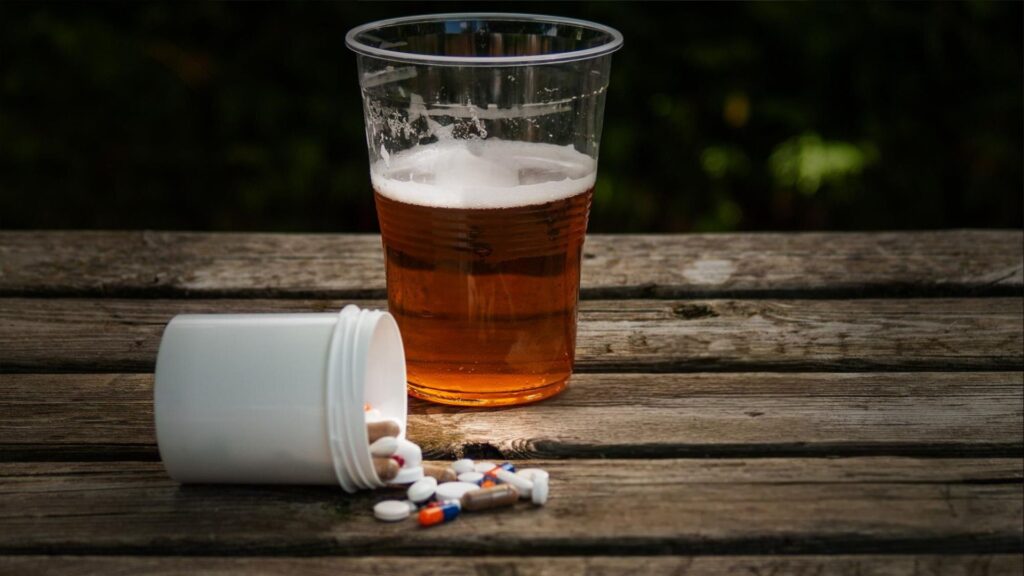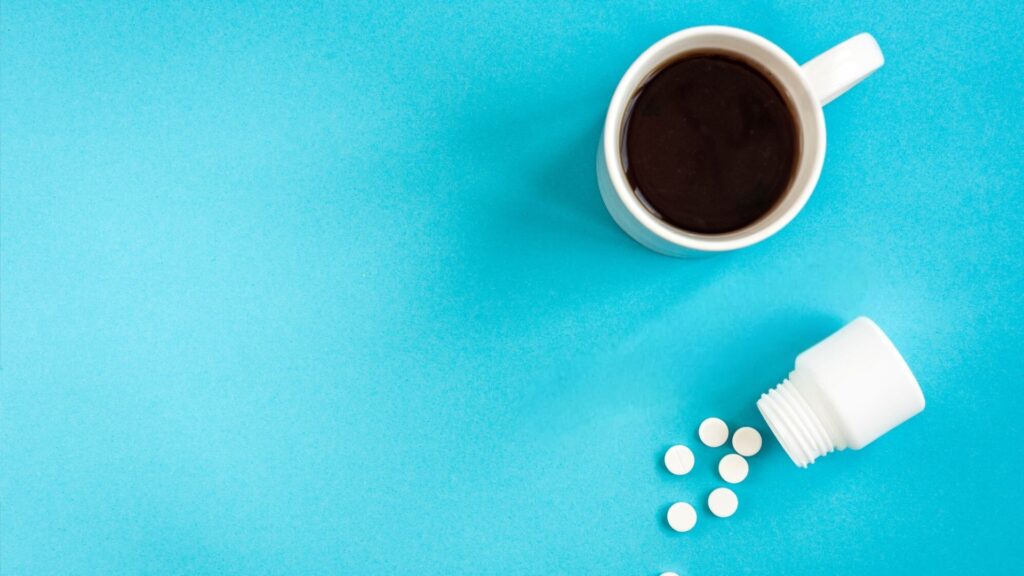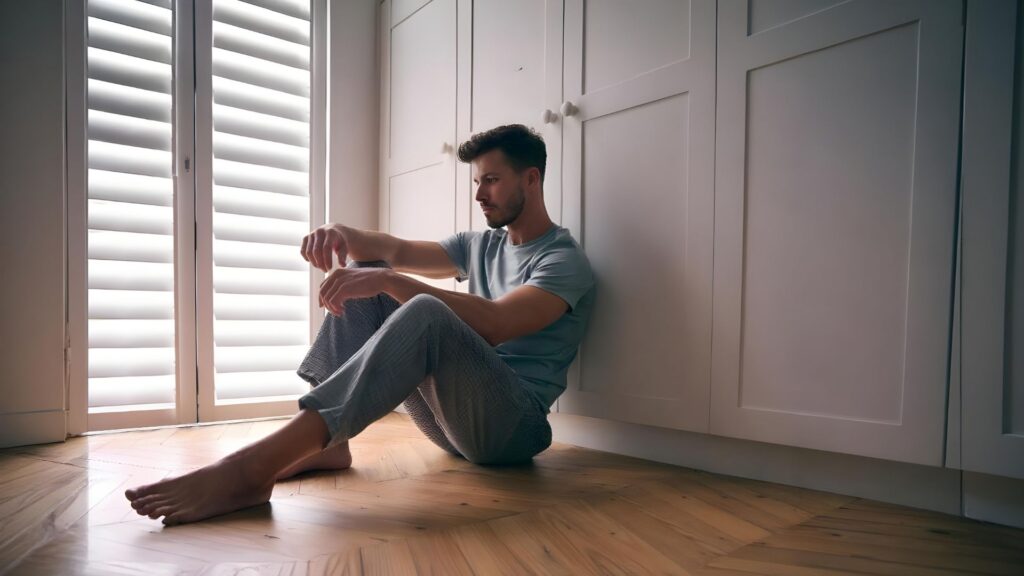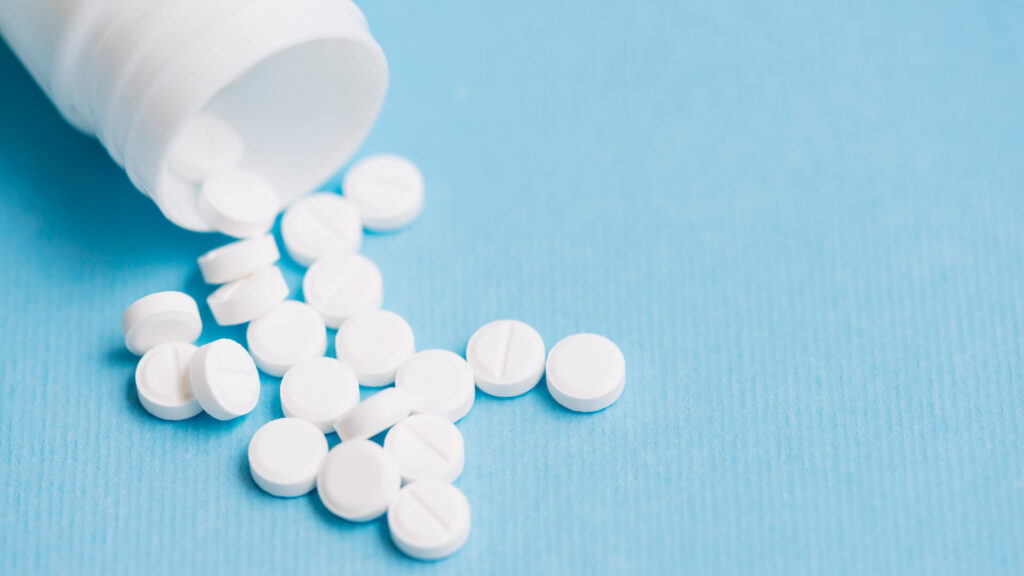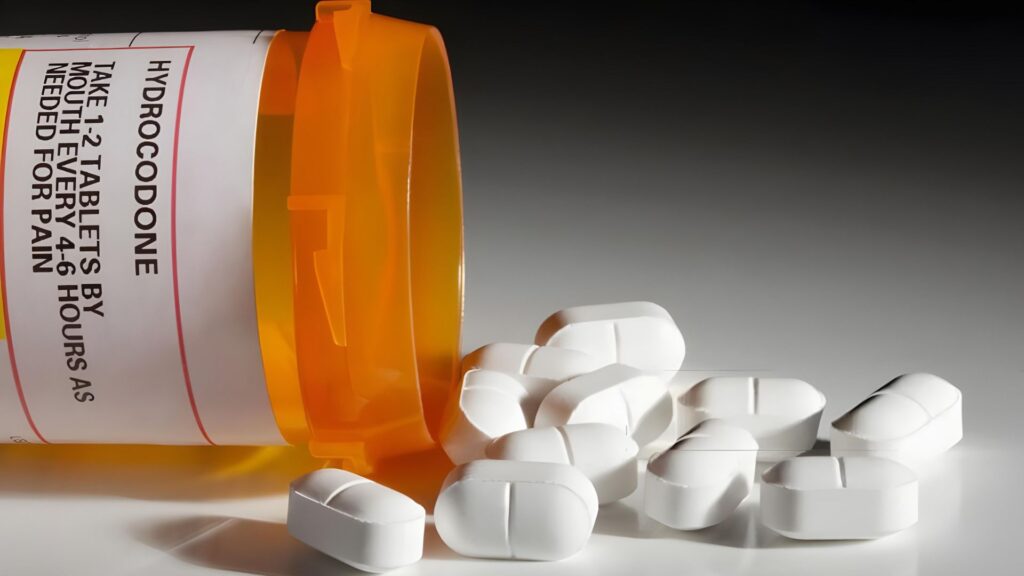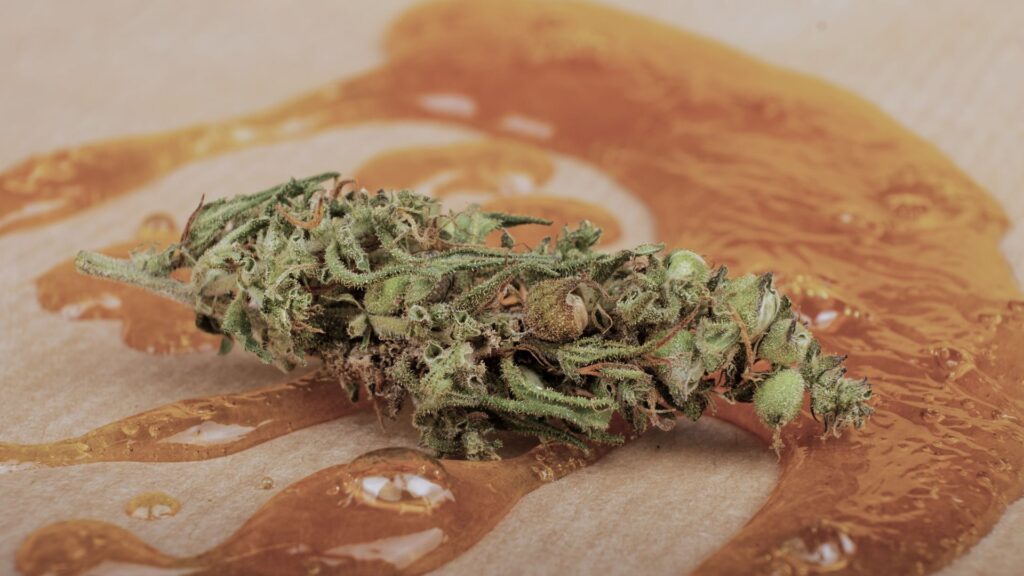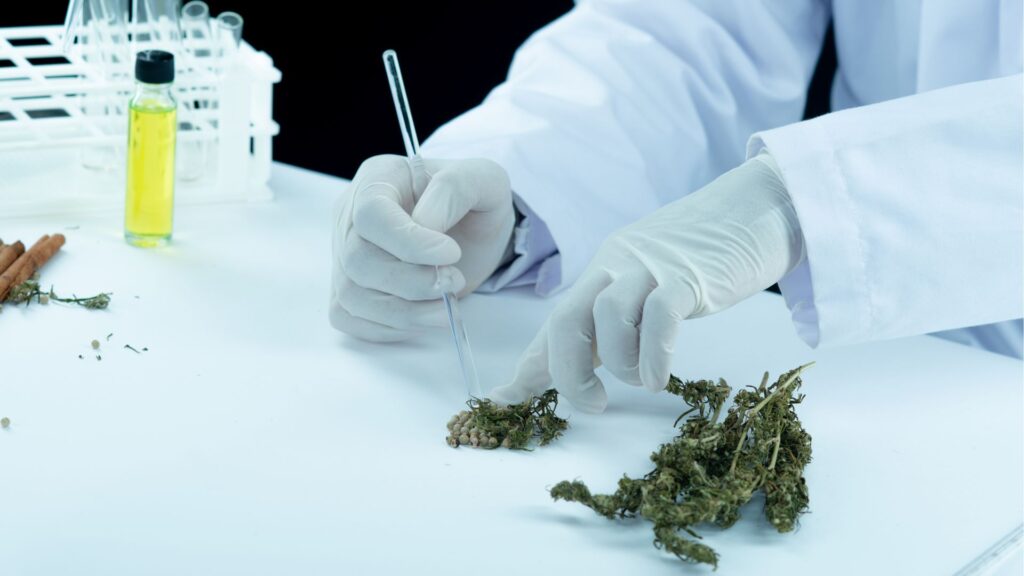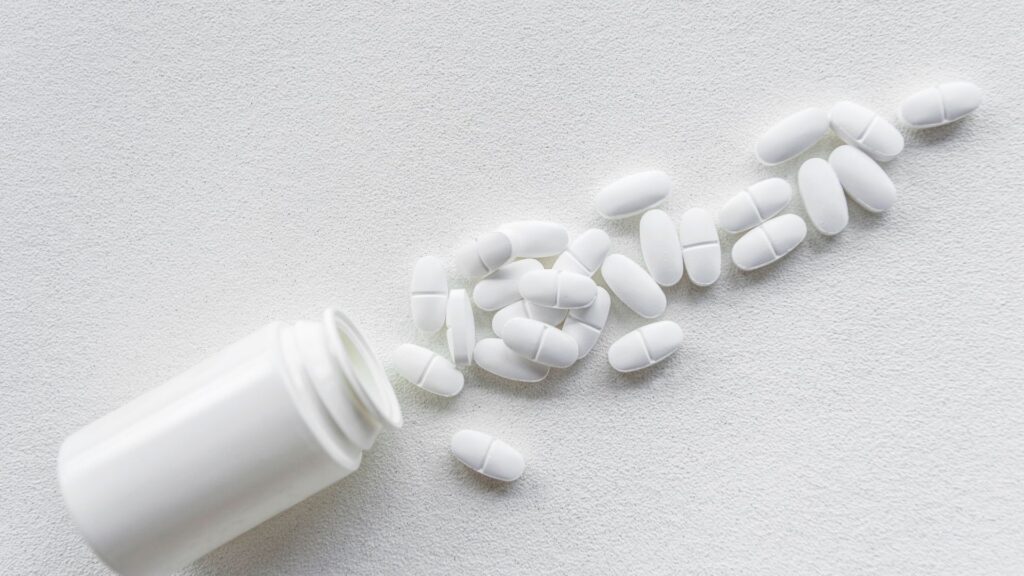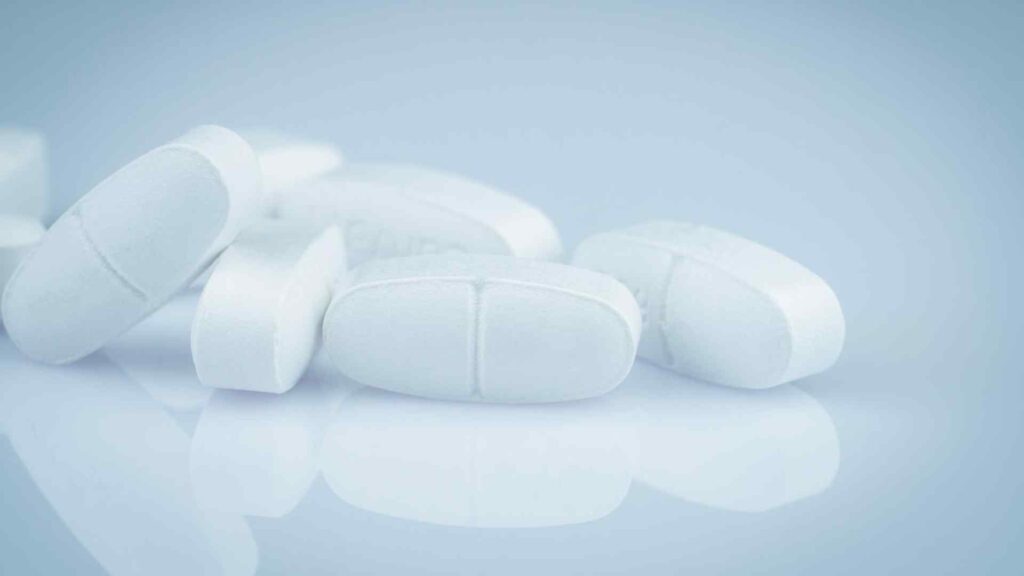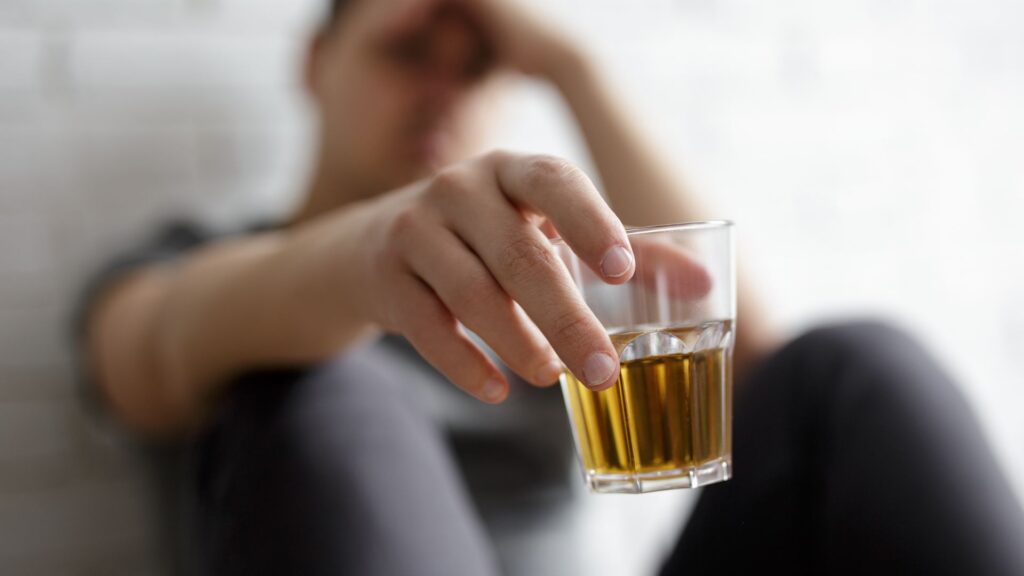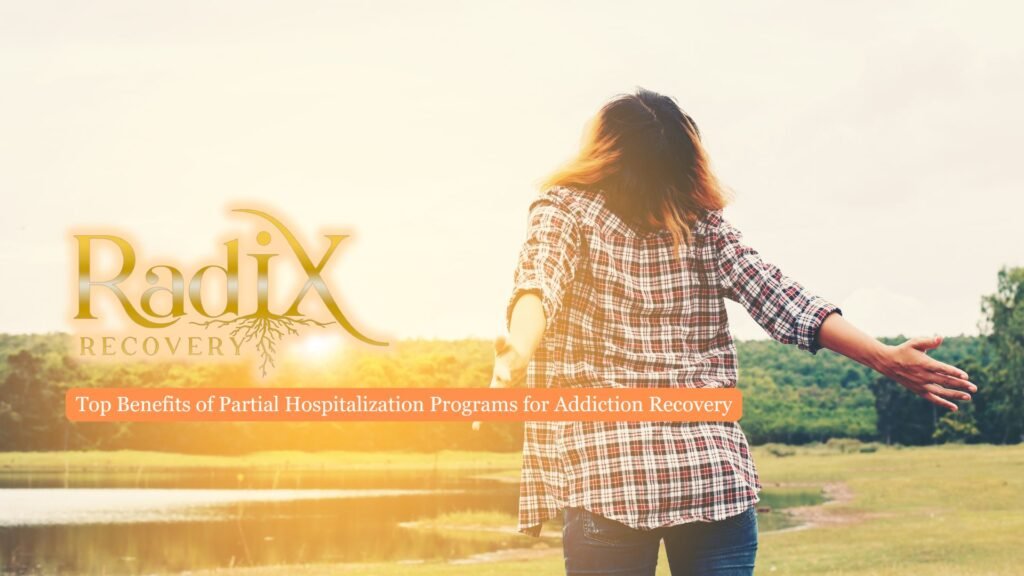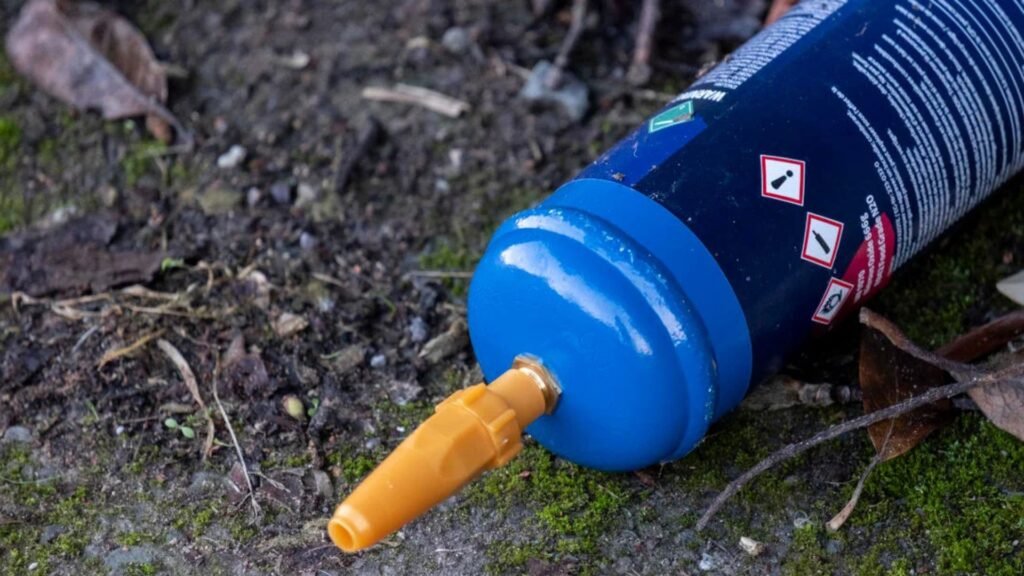Understanding the differences between PHP and inpatient addiction treatment is crucial for those seeking a program that suits their specific needs, whether they’re moving from inpatient care or dealing with mild to moderate issues.
This article looks at what makes PHPs different from inpatient treatment, enabling you to make a well-informed choice on your journey to recovery.

Definition and Overview
Partial Hospitalization Programs (PHPs) and inpatient treatment are two distinct levels of care for individuals seeking help with mental health or substance use disorders.
PHPs provide structured outpatient therapy for several hours daily, typically five days a week, allowing participants to return home at night. In contrast, inpatient care involves residing at a treatment facility with 24/7 support and supervision.
While both offer intensive therapeutic interventions, PHPs are designed for those who need more support than traditional outpatient therapy but don’t require constant monitoring. Residential treatment is generally recommended for individuals with severe substance use disorders or co-occurring mental health issues.
The duration of partial hospitalization programs is usually shorter than inpatient care, offering flexibility for maintaining daily responsibilities outside of treatment.
Key Differences Between PHP and Inpatient Programs
Being aware of these distinctions can help you make an informed decision about the most suitable treatment option for your needs.
Intensity of Care
Inpatient treatment involves round-the-clock care in a residential setting, allowing for constant monitoring and support during the early stages of recovery. In contrast, PHP offers less intensive care, with clients attending structured therapy sessions for several hours each day while returning home at night.
This arrangement is suitable for those who’ve progressed past the acute phase of their condition and can manage their symptoms without 24/7 supervision.
Living Arrangements
In inpatient programs, you reside full-time at a treatment facility, which provides a structured, residential setting designed to minimize distractions and temptations. This controlled living environment allows for 24-hour care and supervision.
On the other hand, PHP allows you to maintain your home life, as you return home each evening after daily treatment sessions. This enables you to recover in a more familiar setting while still receiving intensive therapeutic support during the day.
Flexibility
While inpatient programs require you to reside at the facility 24/7, PHP allows you to return home after attending structured therapeutic activities lasting around 5-6 hours per day, up to five days a week. This flexibility enables you to maintain daily responsibilities and practice coping skills in real-life settings, which isn’t possible in the immersive environment of inpatient treatment.
However, it’s important to recognize that PHP still provides intensive therapeutic interventions, making it suitable for those who need significant support without the constant supervision associated with residential rehab settings.
Cost
The cost differences between PHPs and inpatient programs largely stem from the intensity of treatment and the types of services provided. Inpatient programs typically include 24-hour supervision in a residential setting, which significantly increases their cost. These programs often include housing, meals, and continuous support, making them ideal for individuals with severe addiction or unstable conditions.
In contrast, PHPs provide intensive daytime therapy—ranging from 4 to 6 hours per day—but allow patients to return home each evening. This eliminates the expenses associated with overnight stays while still offering structured care.
The average cost of PHP can range from $350 to $1,000 per day, while residential treatment may cost between $500 and $2,000 daily.
Duration
The duration of these addiction recovery programs varies significantly depending on the individual’s treatment plan and needs. Inpatient programs typically involve a highly structured treatment process lasting anywhere from several weeks to several months.
On the other hand, PHPs are often shorter in duration, generally lasting 4 to 8 weeks, with patients attending therapy sessions for several hours each day.

Clinical Differences in Treatment Approaches
Inpatient treatment offers the most intensive form of addiction treatment, including 24-hour residential care. This approach often begins with medical detoxification, where patients receive medication-assisted treatment (MAT) to manage withdrawal symptoms, followed by intensive therapies such as Cognitive-Behavioral Therapy (CBT), Dialectical Behavior Therapy (DBT), and a combination of individual and group therapy sessions. Inpatient programs also emphasize relapse prevention, skill-building workshops, and holistic therapies like mindfulness and yoga, which also contribute to treating co-occurring mental health conditions.
PHPs, on the other hand, provide intensive therapy during the day while allowing patients to return home in the evenings. These programs focus on similar evidence-based treatments, including CBT, DBT, trauma-informed therapy, and peer support groups.
PHPs emphasize real-life application of recovery tools, enabling patients to practice coping strategies in their daily lives while receiving therapeutic guidance. They also incorporate family therapy and education to rebuild relationships and create a supportive environment at home.
Choosing the Right Treatment Program
Inpatient programs are best suited for those requiring intensive treatment in a residential setting, particularly individuals struggling with addiction, co-occurring mental health conditions, or a history of relapse. These programs provide medication management, and a highly structured environment to address complex cases comprehensively.
Conversely, PHPs are designed for individuals who need intensive day treatment but can maintain stability outside of a residential facility. Ideal candidates for PHP include those transitioning from inpatient care, seeking to continue their treatment process while integrating into daily life.
PHPs offer individualized treatment plans that combine therapy, mental health treatment, and relapse prevention strategies, making them suitable for clients with moderate addiction or dual diagnoses who have a supportive home environment.
Both programs focus on the needs of each client, aligning treatment goals with their sobriety journey and serving as critical steps in the continuum of care alongside outpatient programs and Intensive Outpatient Programs (IOP).
Final Thoughts from Radix Recovery
At Radix Recovery’s PHP in Cedar Rapids, Iowa, clients can expect a distinctive combination of structure, adaptability, and specialized care. This approach allows individuals to reconstruct their lives while still retaining their autonomy. By utilizing evidence-based therapies, providing empathetic care and support from trained professionals, and emphasizing the integration of recovery into daily life, Radix Recovery equips clients with the necessary tools for long-term success in their recovery journey.
